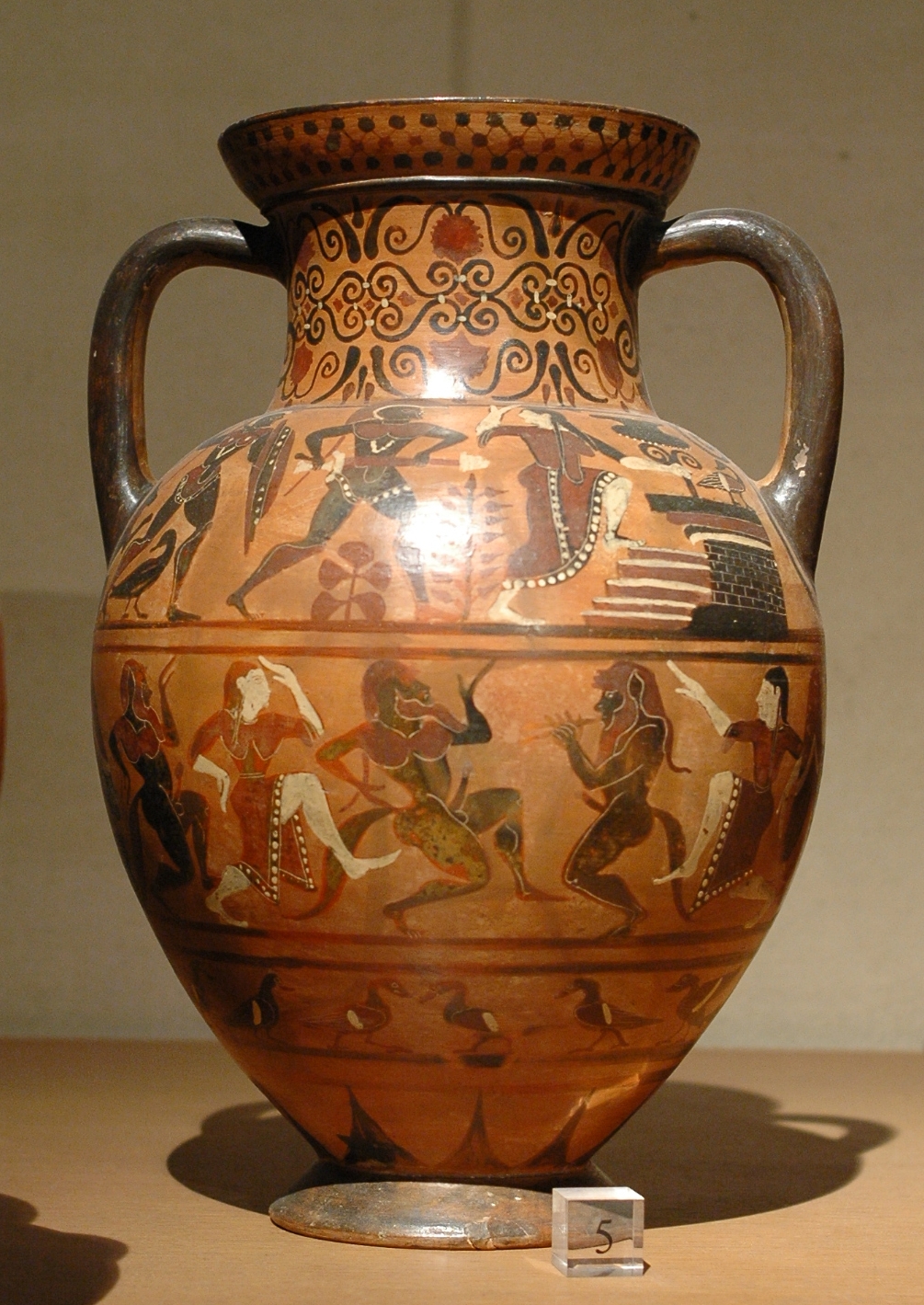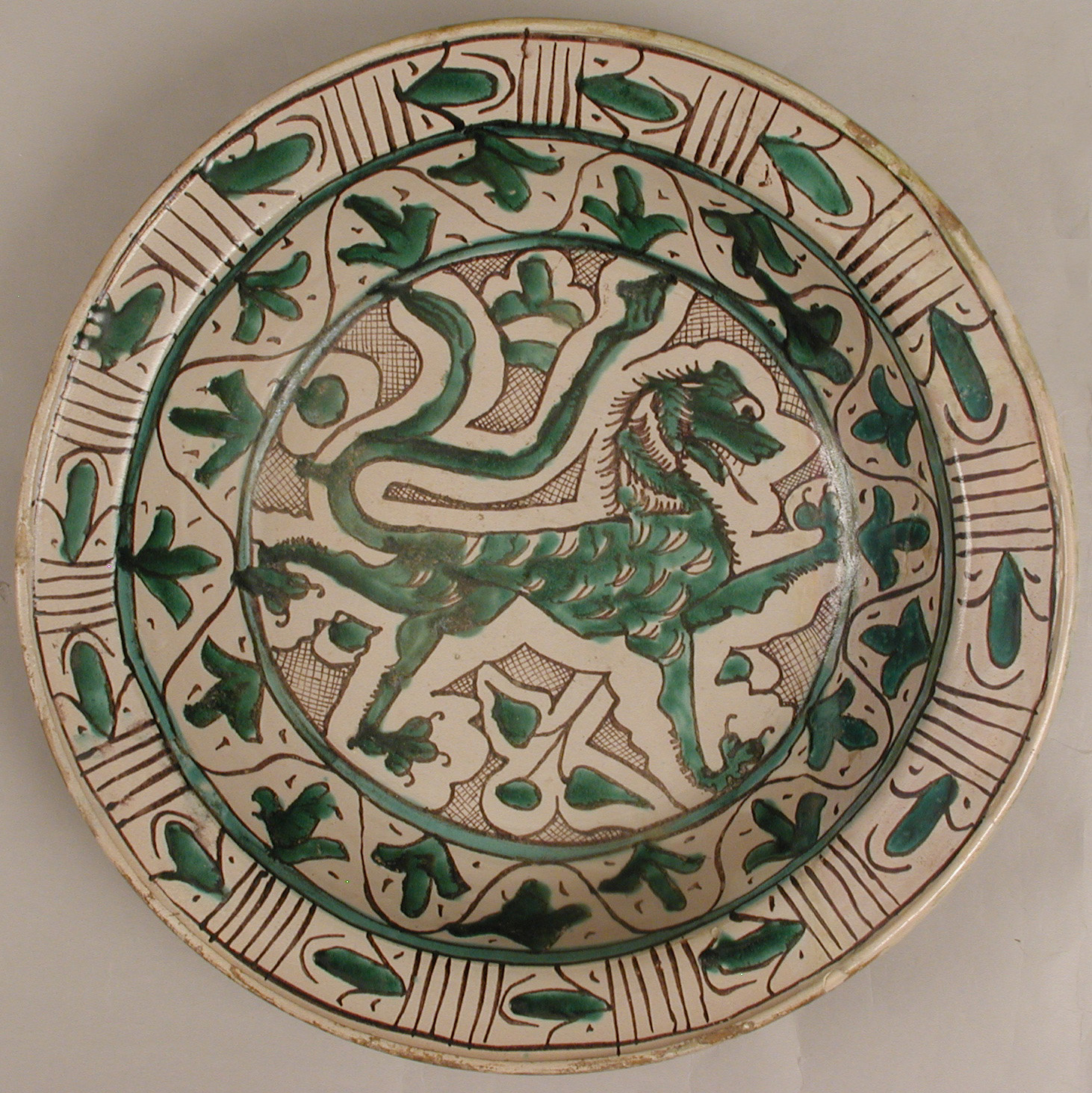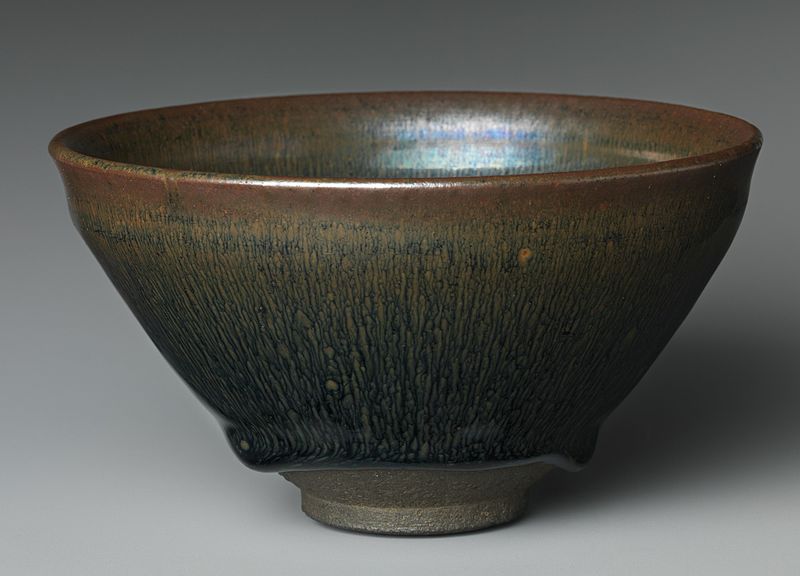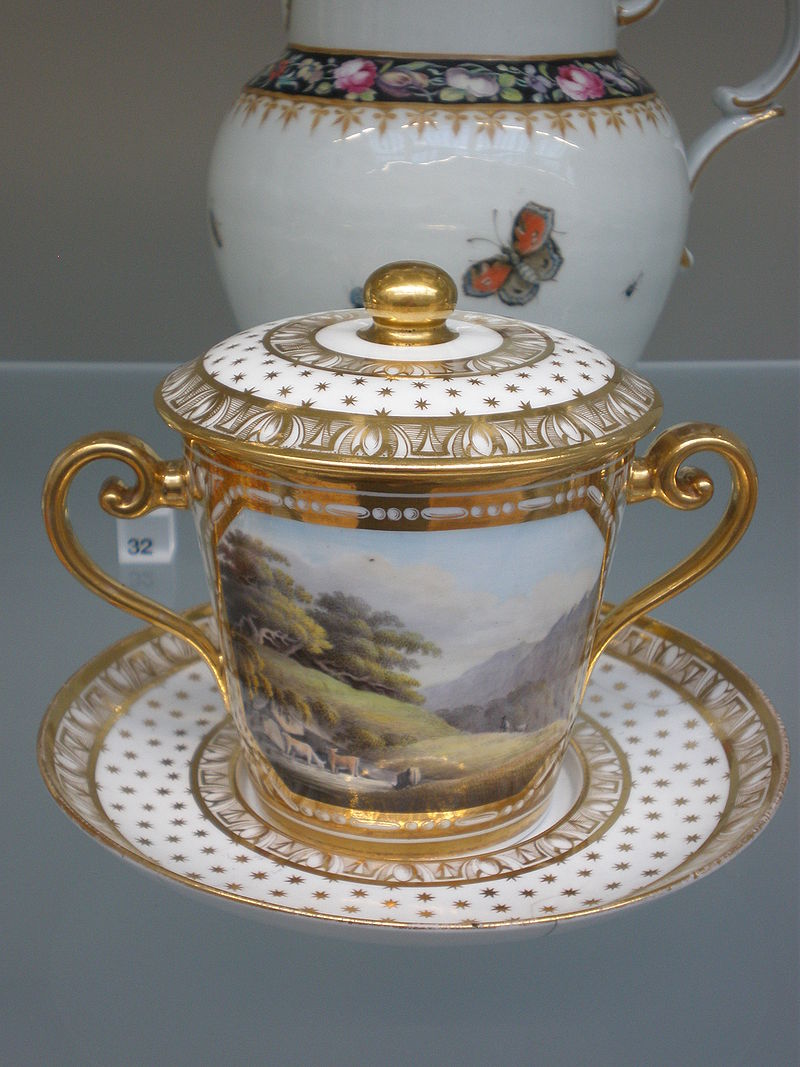Ceramics
Ceramics is everywhere and play a significant role in people's daily lives. Ceramics are used for various purposes in construction as well as in electronics, medicine, art etc… There are four basic types of ceramics; earthware, stoneware, bone china and as the finest type of ceramics,- porcelain. These four types vary according to the mixture of clay and other additives used to make them as well as the height of the temperature required for their firing resulting in their strength and endurance of the finished products. Non-porosity in ordinary ceramics is achieved only by glazing the surface. The quality of the products will also depend on the purity of the clay used to make them.
Source: https://en.wikipedia.org/wiki/Ceramic_art
Earthenware
Earthenware is considered to be the longest-lived form of pottery, dates back all the way to the Stone Age. Earthenware are considered to be the softest form of ceramics, because they are firing at the lowest temperature and as a result the main characteristics of earthenware are mild porosity and fragility.
Source: https://en.wikipedia.org/wiki/Earthenware
Earthenware pottery includes all ancient pottery, terracotta objects (the best examples of terracotta are Chinese clay warriors, also called Terracotta Army) and pottery from Europe that was created until the 16th century. Emphasis on glazed earthenware of Majolica (Italy), Delft (Netherlands) or Faience (France) as a result of the European attempt to replicate valuable Chinese porcelain.
To make the earthenware waterproof, they would immerse it in a glassy liquid, known as a glassy body - lead glaze, and then put it back in the oven. Clay contains iron and impurities that give earthenware a shade ranging from dark red to creamy, black or gray, according to the ratio of additives as well as the oxygen content in the oven during the firing process. This type of ceramic can be as thin as porcelain and less solid but more porous than stone ceramic. In general, this type of ceramic is firing at temperatures from 1000 to 1200 ° C.
Source: https://en.wikipedia.org/wiki/Majolica
Italy in the 15th century improved tin-glaze by adding tin oxide, by influencing of Islamic ceramic objects imported via Sicily, leading to the development of a famous type of Earthenware pottery called Majolica.
Stoneware
This type of pottery is dense and has a character reminiscent of stone after heating; this is why it is also called stoneware. This ceramic is impermeable and normally opaque. In it's natural state it is gray; however, it turns brown due to the firing process, and different colors can then be added through the glazing process.
Source: https://en.wikipedia.org/wiki/Stoneware
In general, this type of ceramic is firingt at temperatures from 1000 to 1300 ° C. Stoneware is otherwise used in the manufacture of commercial utensils. On the other hand, it is also preferred by artists in the production of fine ceramic art. The first stone pottery was created during the Shang Dynasty in China. In Europe it first appeared in Germany in the 15th century, then in the 17th century English potters were the first to start with the salt glaze of stoneware. Salt-glazed pottery is a pottery with a transparent glaze that has a slightly orange peel texture. The salt glaze is formed by throwing salt into the oven during the firing process at higher temperatures. The development followed in the 18th century when a man named Josiah Wedgwood made black (Basalte) and white stone pottery (Jasperware).
Source: https://en.wikipedia.org/wiki/Wedgwood
Porcelain
Porcelain is the finest and most valuable type of ceramic, which is obtained by firing a purified mixture of kaolin (white clay), quartz, petuntse and feldspar at high temperature. It is named after the word porcellana (Italian for shell) used by the European researcher Marco Polo to describe porcelain from China, because it resembles like a shell with it's great appearance and color. Porcelain is characterized by distinct whiteness, strength, gloss, porosity and transparency.
Source: https://antikspalato.com/porcelain-reichenbach-2-cups-saucer
The mixture can be formed by hand, by pouring into molds or formen on a potter's wheel as a desired object, such as a plate, cup, vase, figure, jug, bowl etc... Kaolin is a white clay and the main ingredient of the mixture, which is resistant to high temperatures and as such does not melt, which actually allows the mixture to retain its desired shape and white color, while petuntse melts at a high temperatures forming an impermeable natural glass that glazing the surface of the vessel. Porcelain is formed when petuntse is completely combined with kaolin. The mixture is firing in a ceramic kiln, at a high temperature (1200 - 1400 ° C) where the action of heat gives an essential quality - hardsnes. Depending on the height of the firing temperature of the mixture, porcelain is divided into different classifications, we can get soft-paste, hard-paste or bone china.
Soft-paste porcelain (artificial porcelain) - a material created in the 18th century. attempts by European potters to replicate Chinese hard porcelain. It has a significantly lower proportion of kaolin, and a higher proportion of feldspar as opposed to hard porcelain. Soft porcelain is firing at lower temperatures around 1200 ° C, which has the advantage of more expressive colors.
Hard-paste porcelain (original porcelain) - Made in China around the 7th century. The mixture contains a large proportion of kaolin. It is firing at high temperatures around 1400 ° C, which achieves transparency and high hardness, which can reach level 8 on the Mohs hardness scale (exceeds the hardness of jade).
Bone China
Ceramists like Josiah Spode refined the usual formula of the porcelain mixture by putting bone ash powder (phosphate derived from animal bones) to create bone china - a type of porcelain that is less prone to damage, scratches and chipping. It has exceptional hardness and usually gives an ivory-white appearance, color and a transparent result. It is considered the strongest type of porcelain. They are usually firing at a high temperature of 1200 - 1450 ° C.
Due to it's characteristics, nowadays this replaces a real porcelain. Bone Chin can be found mostly in the US and Britain, while the rest of Europe still prefers real (hard-paste) porcelain.
Source: https://en.wikipedia.org/wiki/Bone_china






